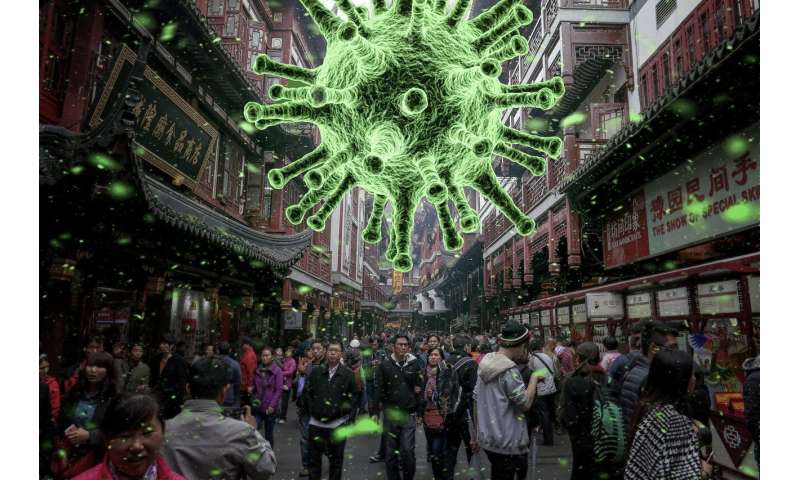
More than a dozen US states are reporting their highest daily tolls of coronavirus cases since the pandemic began, but President Donald Trump and many local officials are showing no signs of worry and have ruled out new lockdown measures.
The US chapter of the global health crisis has shifted from New York and the northeast to the south and west, with a particular focus now on hospitals in Arizona, Texas and Florida.
The latter will host the most visible parts of the Republican presidential nominating convention in August, after Trump’s spat with the Democratic governor of North Carolina over the needs for masks and a scaled-back event prompted a switch.
While some states like Virginia and New York move ahead with reopening businesses, others like Nashville and the Pacific state of Oregon are slowing down.
Oregon Governor Kate Brown has announced a one-week pause in the easing of lockdown restrictions that began a month ago, after a rise in cases in both urban and rural areas.
A map of the United States on the website COVIDexitstrategy.org tells the tale: a majority of states do not meet the criteria set by the White House for reopening their economies, and have rising numbers of coronavirus cases, dwindling hospital capacity and insufficient testing.
While the US hit 100,000 COVID-19 deaths on May 28, it will probably reach 130,000 by the July 4 Independence Day holiday, according to an average of several epidemiological models.
Youyang Gu, an independent data scientist whose forecasts have turned out to be quite accurate, predicts 200,000 deaths by October 1.
The Trump administration allows that there are new flare-ups in coronavirus caseloads in some states but insists there will no shutdown of the economy if a second full blown wave arises.
Larry Kudlow, director of the National Economic Council, told Fox News on Friday, “There is no emergency. There is no second wave.”
Hot spots
In some places, more widespread testing has contributed to a higher number of reported cases each day. Many of these are mild and do not lead to hospitalization.
In Florida, where Trump is now technically a resident, the Republican governor says there has been a “modest” increase in cases but that the hospitalization rate is stable—far from the spikes that New York saw.
In Arizona, case numbers have shot up, ICU beds are now 78 percent occupied and Phoenix has emerged as a hot spot.
“We opened too much too early and so our hospitals are really struggling,” Mayor Kate Gallego said at a panel discussion with other US mayors.
This is also the case in Texas, where the number of people hospitalized has risen steadily since the long Memorial Day weekend in late May, which marks the unofficial start of summer and saw a rush of people headed to the beach.
While the number of deaths in the Lone Star State has not shot up, the hospitalization figures show the virus is spreading.
“People are driving the reopening because they’re tired of the shutdown,” Scott Gottlieb, former commissioner of the Food and Drug Administration, told CNBC last week.
“Most states didn’t really achieve the criteria set up by public health officials for reopening, or the White House, yet they reopened, because the people demanded it,” Gottlieb said.
These long weeks of sheltering in place have been trying for Americans and their public officials. Many of the latter, particularly Republicans, seem to think that people cannot take life under lockdown any more.
The Republican governor of South Carolina, Henry McMaster, said that even if the virus makes a strong comeback, he would not make mask-wearing mandatory or shut down businesses.
Source: Read Full Article


